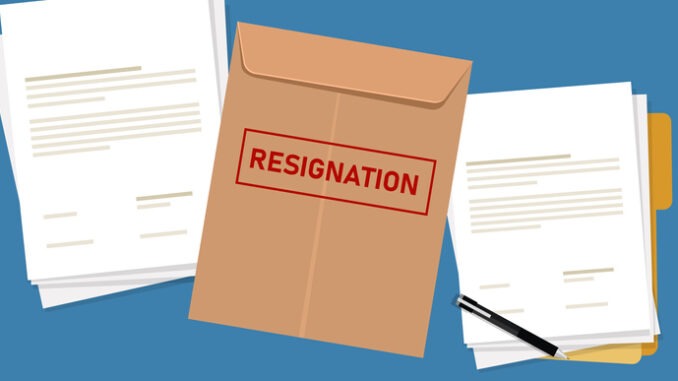
Writing a tactful resignation letter can prove a real challenge – especially if you really want to have a good rant! Here are some helpful ideas for keeping it professional
CREDIT: This is an edited version of an article that originally appeared on Robert Half
Failing to plan your letter of resignation properly may well burn bridges with the company you’ve worked so hard for, tainting your connections within that organisation and spoiling a record which could well help you to grow your career in the future.
Here’s a guide as to what to say when handing in your notice, details on whether a resignation letter is required by law and who to address a resignation letter to.
Is a resignation letter required by law?
Letters of resignation are not required by law in the UK but, before you opt to skip writing one, the government does recommend checking your employment contract to ensure you aren’t in breach of any agreements made when you started your job. If you aren’t sure, try checking your induction handbook or any literature you were provided with on your first day.
Your contract also might include details as to what’s expected of you when terminating your employment, so read through it again before you take any action. When in doubt, it’s always a good idea to make your resignation formal with a letter.
How to write a good resignation letter
It’s a good idea to have another job lined up before you resign so that you can transition seamlessly into a new role without any delays. However, if you’ve decided to take a bit of a leap in the dark, before you sit down to write anything, you should think through your decision about leaving your current job. Once you’re confident that seeking a new opportunity is the right move for you, the next step is to check your salary against industry standards to make sure your pay is in the right ballpark. Taking these initial steps will put you on firm ground to negotiate any counter offers from your current employer and give you added confidence in your decision.
Although you can easily pull together a generic letter, it’s far more useful to create a tailored one. Try following this template resignation letter structure to ensure you include all the essential components.
- Address it to your line manager.
- Include the date the letter was written (preferably in the top right-hand corner of the page).
- Begin with a statement of intent, for example: “It is with regret that I officially tender my resignation for the position of [your job title] at [organisation name].”
- State your contracted notice period and the date of your last day.
- Tactfully give the reason for your departure – new job, personal reasons, relocating, etc.
- Include a graceful thank you to the organisation for the opportunities they have given you
- Print your name and sign at the bottom.
Using these essential components, you should be able to start writing a resignation letter which feels far less cold, shows genuine regret for leaving, and displays appreciation. It will keep you on good terms with the company you are leaving with no bridges burnt!


Be the first to comment